Cordoba lies on the Guadalquivir river, which during Roman times, was navigable from Cadiz up to Cordoba. The Roman bridge is from the 1stC AD, but has been rebuilt many times. In its present form, it dates mainly from the medieval period, with the latest changes made in 1876.

At the south end of the bridge is the Calahorra Tower – an ancient defensive fortress rebuilt in the 12thC. More interesting were the remains of mills in the river which fed a water wheel, built under Abd al-Rahman II, to carry river water up to the Emir’s palace by means of an aqueduct. It was dismantled by order of Queen Isabella who disliked the noise it produced so close to the Castle, the royal residence. The present wheel is a replica.
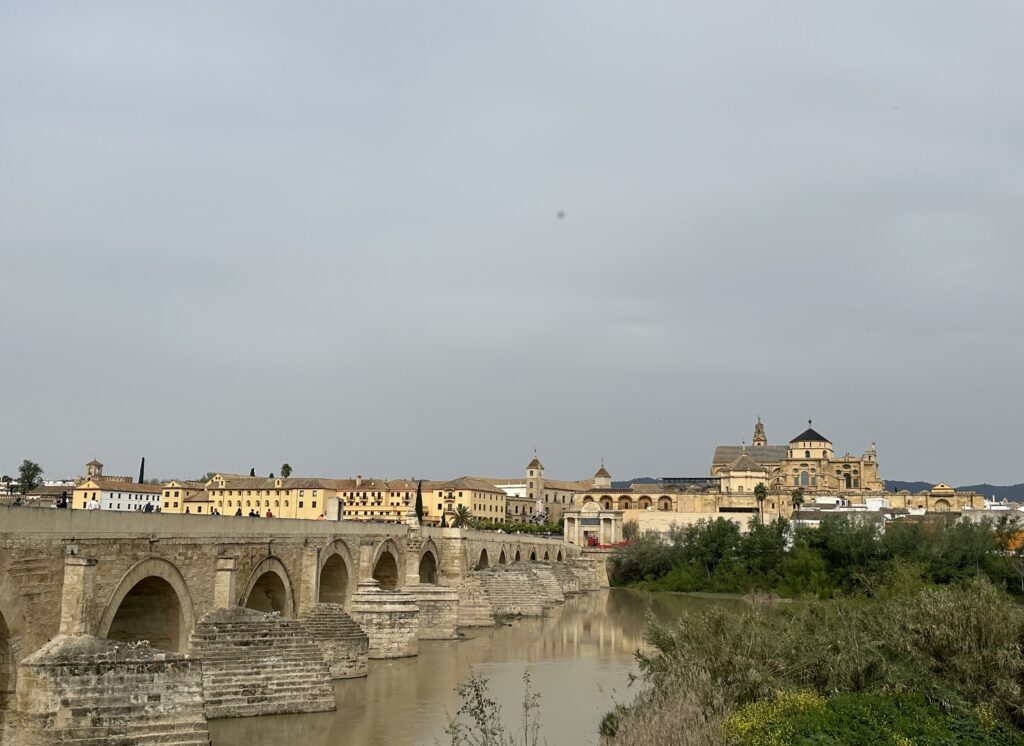



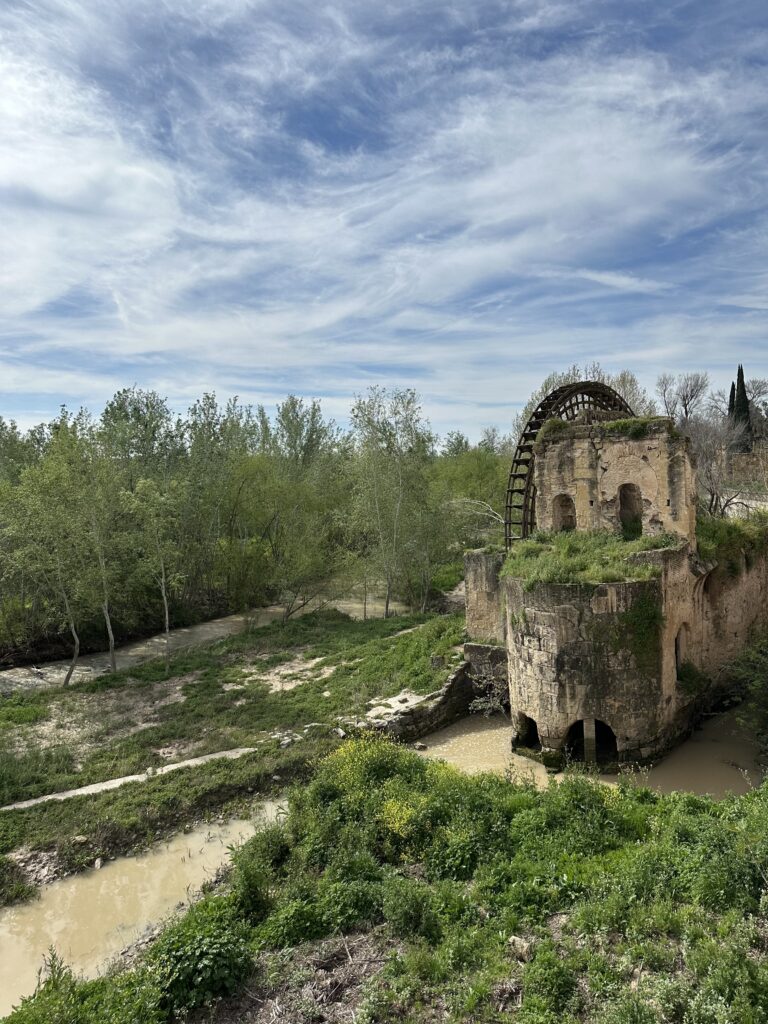
The Alhambra Decree of 1492 was issued by the joint monarchs of Spain (Isabella of Castile and Ferdinand of Aragon) ordering the expulsion of practising Jews from their lands to discourage those who had converted to Christianity from reverting. The synagogue that we visited dates from the early 14thC, but was closed after the Alhambra and another decree. It is small, but has some very impressive decorative plasterwork and is a reminder of the contribution of the community to the city. Those Jews, and Muslims who had converted before the decrees, were subject to the Inquisition, which in Cordoba, was based in the Palace of the Monarchs. The Inquisition was intended to identify heretics amongst those who had converted. The decrees resulted in hundreds of thousands of “false” conversions, the mass expulsion of Jews and Muslims from Spain, 150,000 prosecutions and 3000 to 5000 executions.
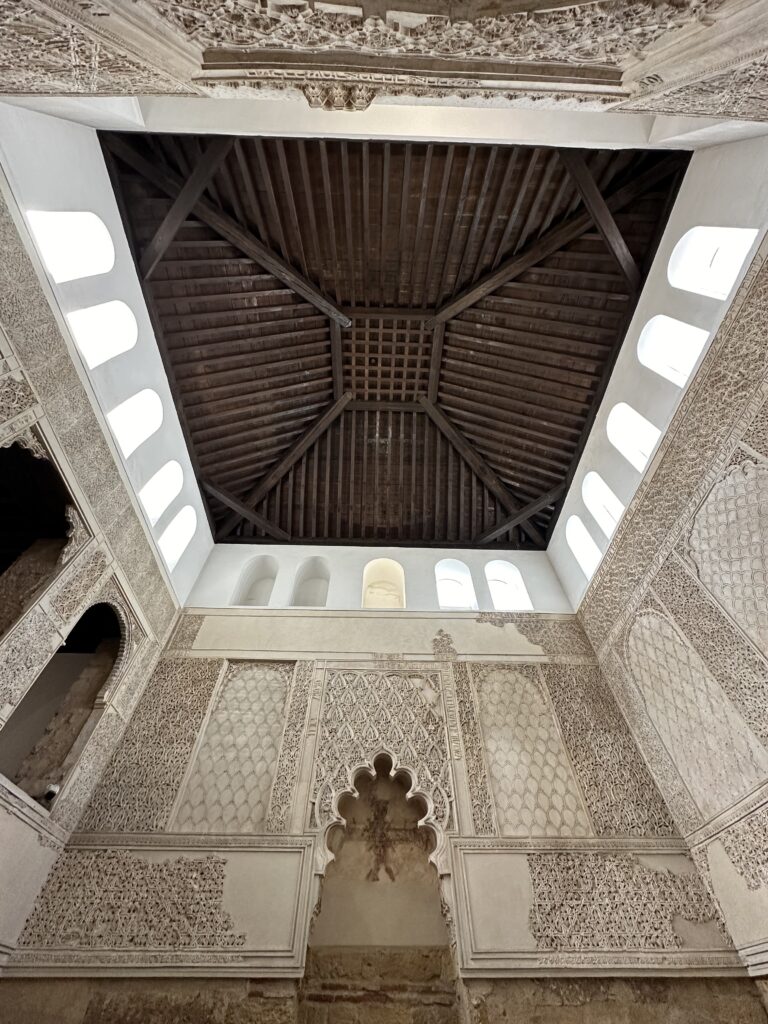
Our most memorable visit was to the Mezquita de Cordoba, or the Mosque-Cathedral. It is worth quoting at length from the guide book as it shows that the two religious communities cooperated. In a strange way, this is the sense one gets from walking around the inside of the building where there seems to be a quiet blending of Islamic and Christian sensibilities.
When the Arabs first conquered Córdoba they bought from the Christians half the Church of St. Vincent to use for their Friday prayers and thus the church was shared between Muslims and Christians. The rapid increase in the size of the Muslim population, however, soon rendered this arrangement unworkable and so in 784 Abd ar-Rahman bought the other half of the basilica to erect a mosque on the site. He paid the Christians well for their property and allowed them to build new churches in other parts of the town. Work on the mosque went apace as the Muslim masons took advantage of building materials already present in the basilica and plundered a lot more, such as columns with their bases and capitals and even shafts of timber, from the surrounding ruins of Roman and Visigothic mansions. The mosque was open for prayer in 785, just a year after the work began, although it was not finished by the time Abd ar-Rahman died in 788. It was left to his son Hishan I to put the finishing touches to the square minaret in the court-yard, which was completed in 793. After the reconquest in 1236 and the subsequent christianisation of the Great Mosque no immediate alterations were made to the building itself. It was not until nearly 200 years later, in 1523, that Bishop Alonso Manrique obtained permission from is uncle the Emperor Charles V to build a cathedral inside the mosque. The building was not in fact finished until 1766 and architectural tastes and concepts had obviously changed during those 250 years.

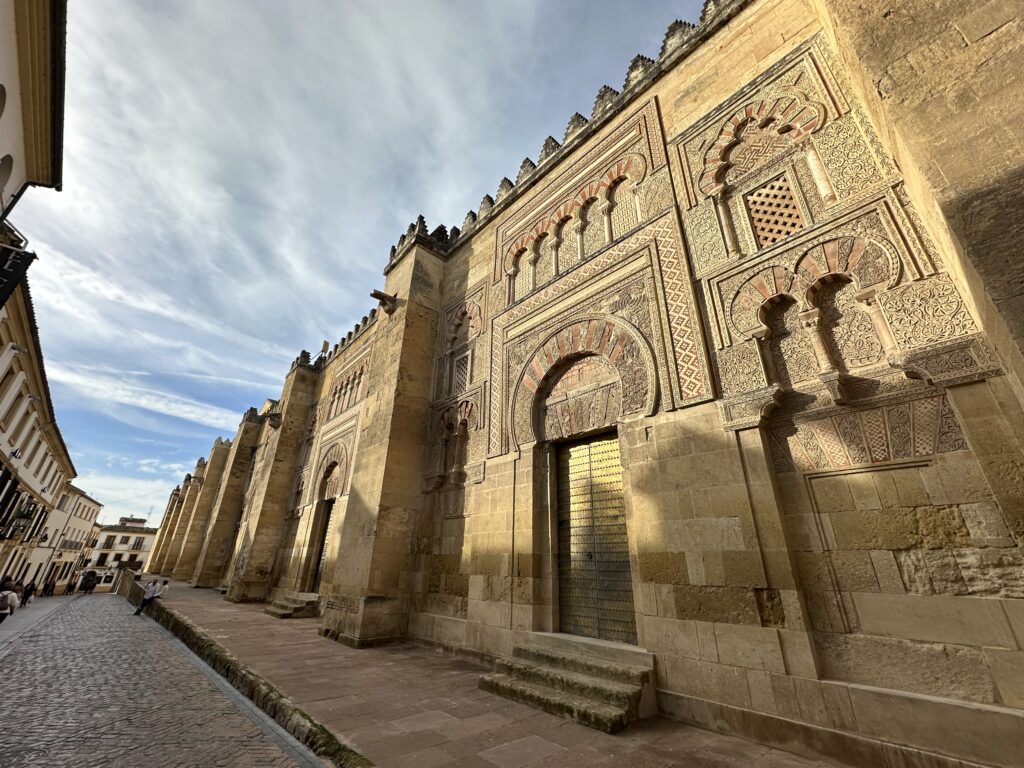
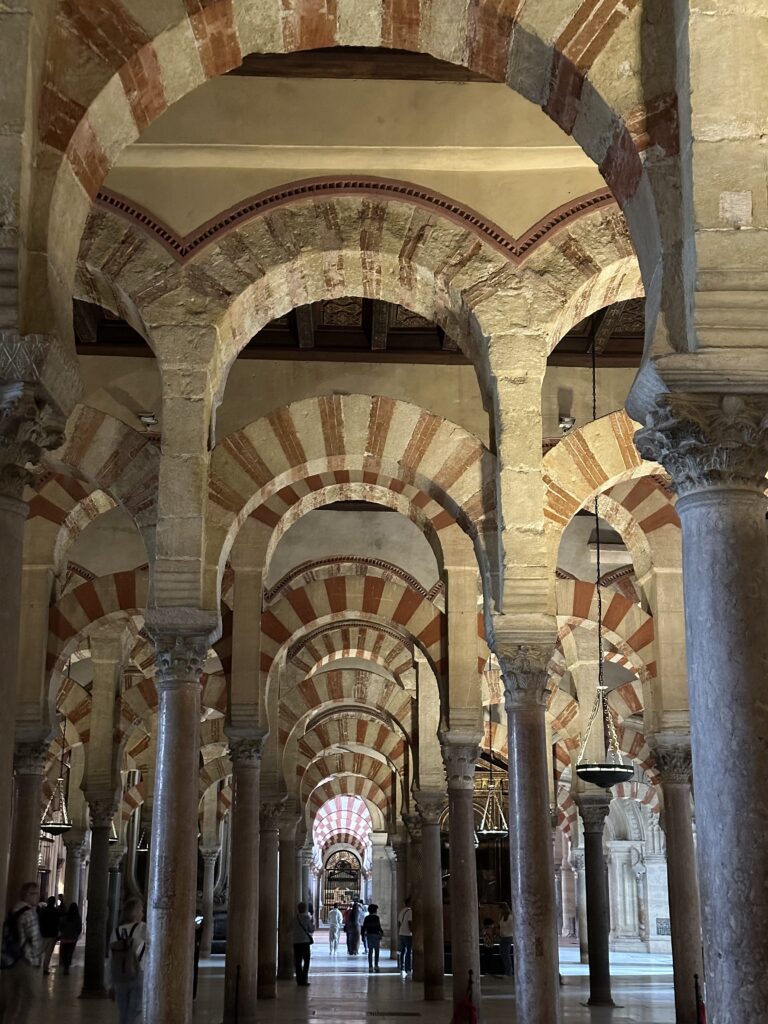

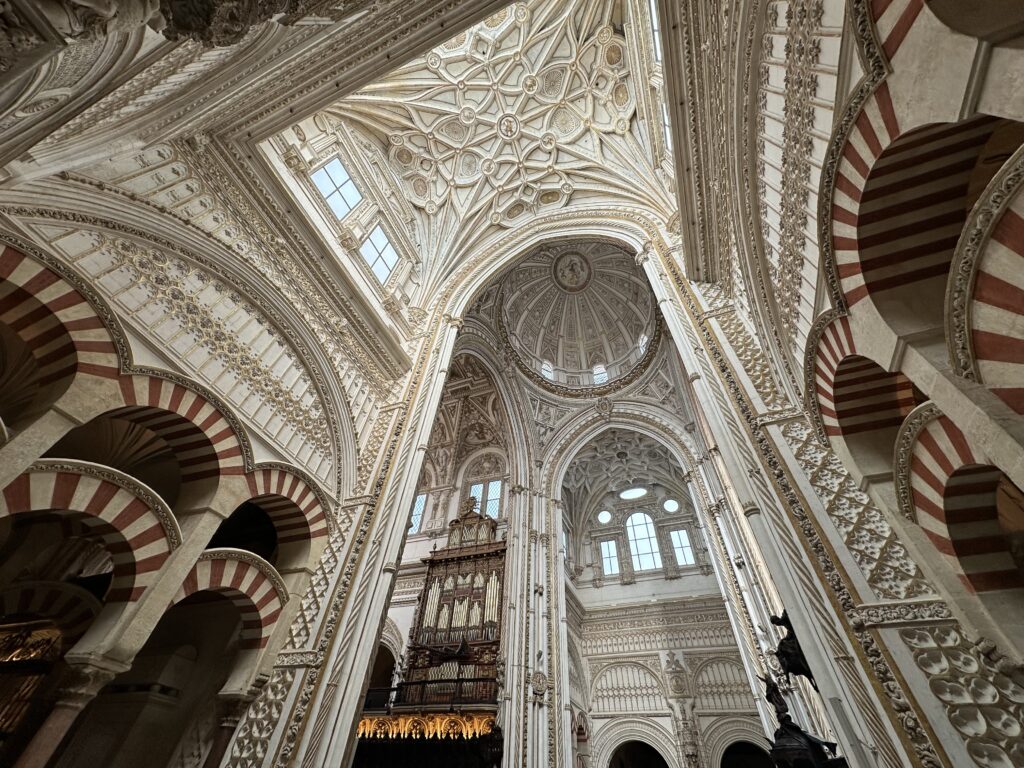
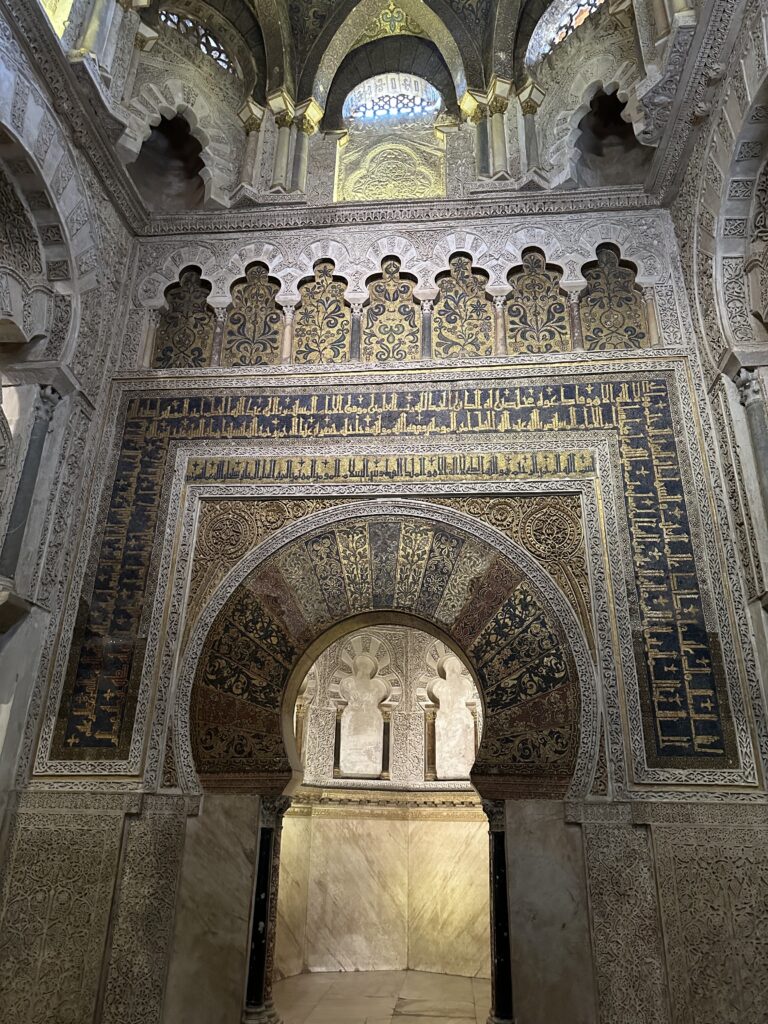

The Alcázar de los Reyes Cristianos (Palace of the Monarchs) was built starting in 1328 by Alfonso XI of Castile on the site of the 8thC Caliph’s Palace. The structure retained only part of the Moorish ruins, but appears Islamic due to Alfonso’s use of the Mudéjar style. For us, the most interesting parts were the main hall, which contains remarkably intact and fine Roman mosaics unearthed in Cordoba in the 1950s and mounted on the walls, and the extensive gardens remodeled in the last century. Of note is the sculpture of Christopher Columbus with Queen Isabella and King Ferdinand, commemorating Columbus’s first meeting with the Catholic Monarchs which took place in the Alcázar.
As with other cities in Andalucía, the scent of orange blossom and of flowering jasmine is everywhere. Not forgetting another aroma, the single origin Brazilian espresso from Coffee Club was memorable (9.5).

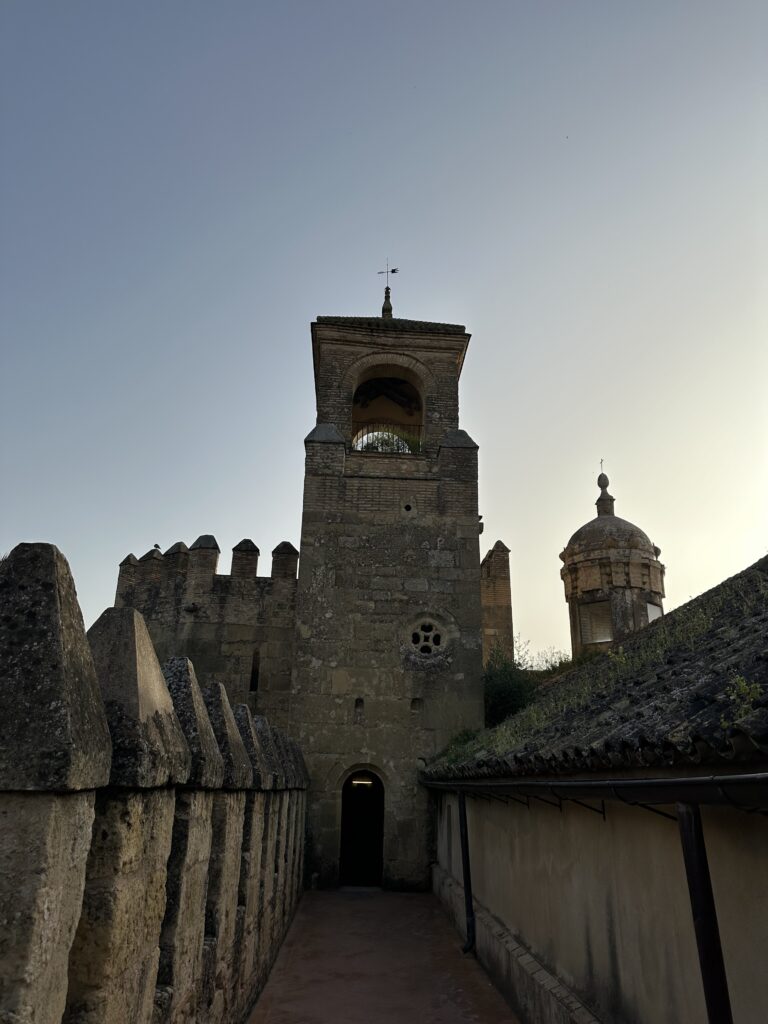

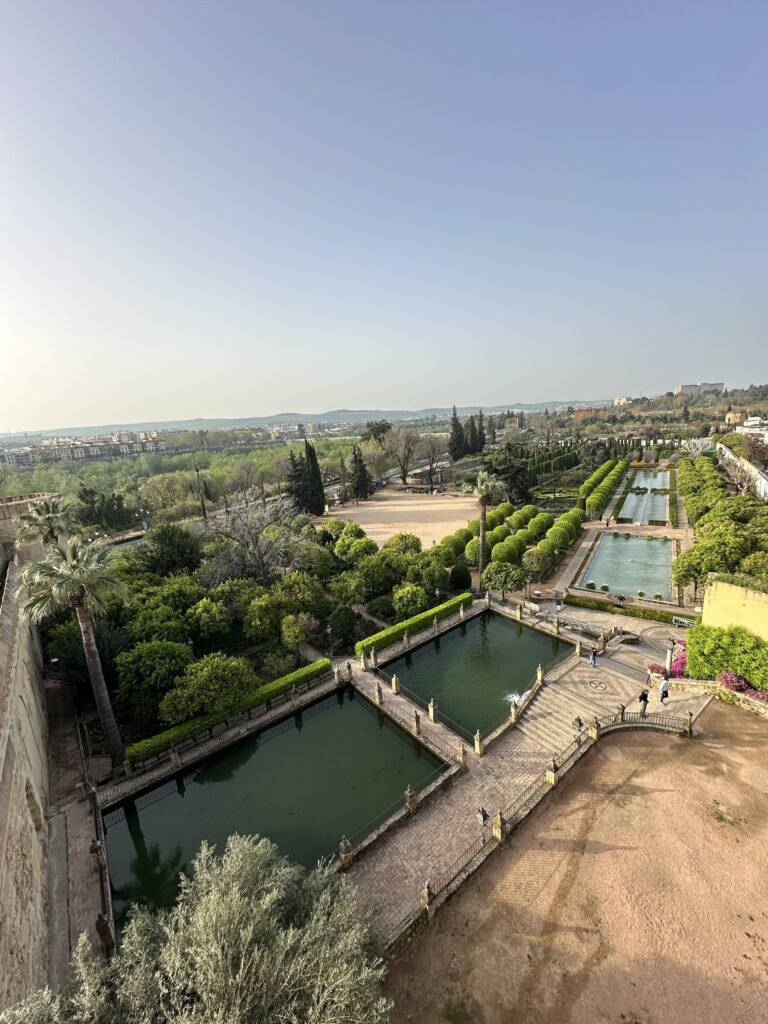


P.S. Lois forgot to mention her wonderful visit to the Hammam Al Ándalus on our last afternoon in this city.

Even though the comments are rather sparse, I assure you that we are devouring every word and every fabulous photo!! Thank you so much for sharing your amazing adventure with us!!
❤️❤️